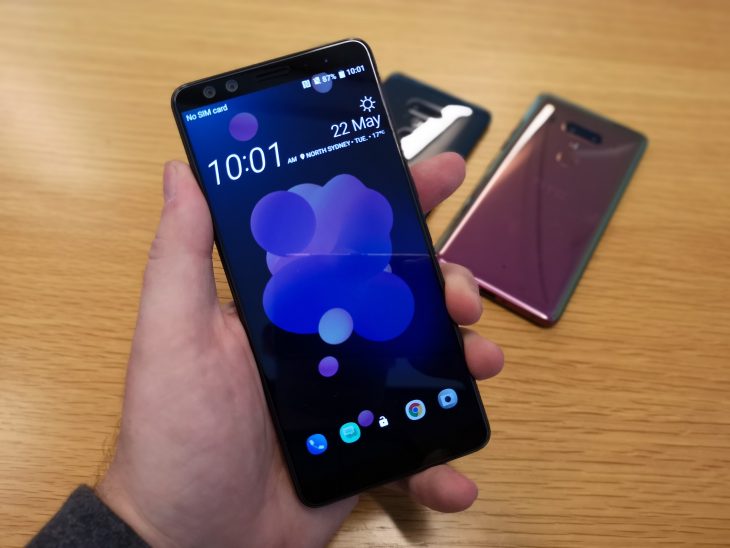
HTC has just taken the wraps off its 2018 flagship, the U12+. It’s a successor to and an evolution of last year’s exceptional U11 that – frankly – we’re all a little excited about.
On the naming front, HTC wants to make it known that the U12+ is going toe to toe with the “plus” and “pro” models from other manufacturers, and it’s kitted out with the features and specs needed to take on the competition.
Internally, the U12+ has a bang up-to-date SnapDragon 845 processor, 6GB RAM and 64 or 128GB of storage. HTC is bringing the 128GB model to Australia with – for the first time in its flagship – dual 4G SIMs. The second SIM tray is of course also a Micro SD card slot, so the 128GB storage will be welcome.
Physical Design
In a case of “its not broken so don’t fix it”, the U12+ keeps HTC’s well-received Liquid Surface finish. The rear of the phone is glass treated in such a way that it reflects and refracts light to give a liquid-like appearance. This means that while the phone has a particular colour, on different angles and in different lighting environments you might see some other colours come through. The result is just as stunning this year as last, and while other manufacturers have upped their game in the meantime to produce some similar looking finishes, they don’t quite look like HTC’s finish.
This year, there’s three Liquid Surface finishes – Ceramic Black (similar to that seen on the U11+), Flame Red (with gold highlights) and Translucent Blue. The Translucent Blue is probably the more interesting of the colours because it’s slightly transparent and allows a look into the internal components of the phone (again, similar to the U11+).
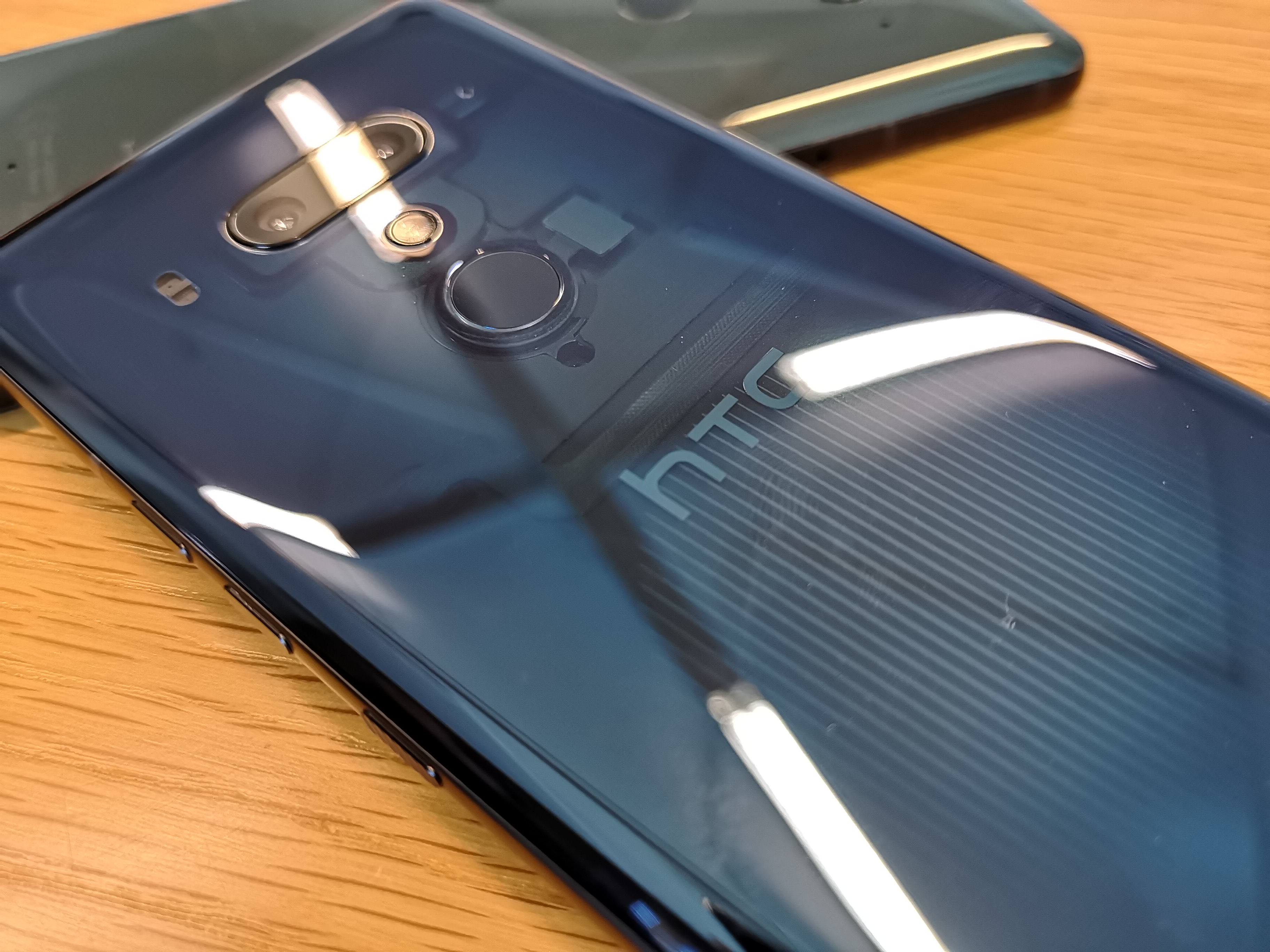
HTC has taken last year’s pioneering work on Edge Sense, where the phone featured pressure-sensitive “squeezeable” edges and evolved it into Edge Sense 2. The new Edge Sense allows you to interact with individual sides of the phone, so you could (for example) double-tap the pressure sensor on the left or right side of the phone to shrink the screen down into single-hand mode. It’s all configurable.
The pressure-sensitive technology behind Edge Sense has also made its way into the phone’s physical buttons, or rather the lack thereof. Don’t panic, though – while there are no actual physical buttons on the phone, there are still raised areas that represent power and volume buttons on the phone – they’re just pressure-sensitive now, with haptic feedback to mimic the feedback you’d get from the phone in a physical button press. This means less moving parts in the phone, so your buttons aren’t going to fail over time, and it also helps the phone achieve its IP68 water/dust resistance rating.
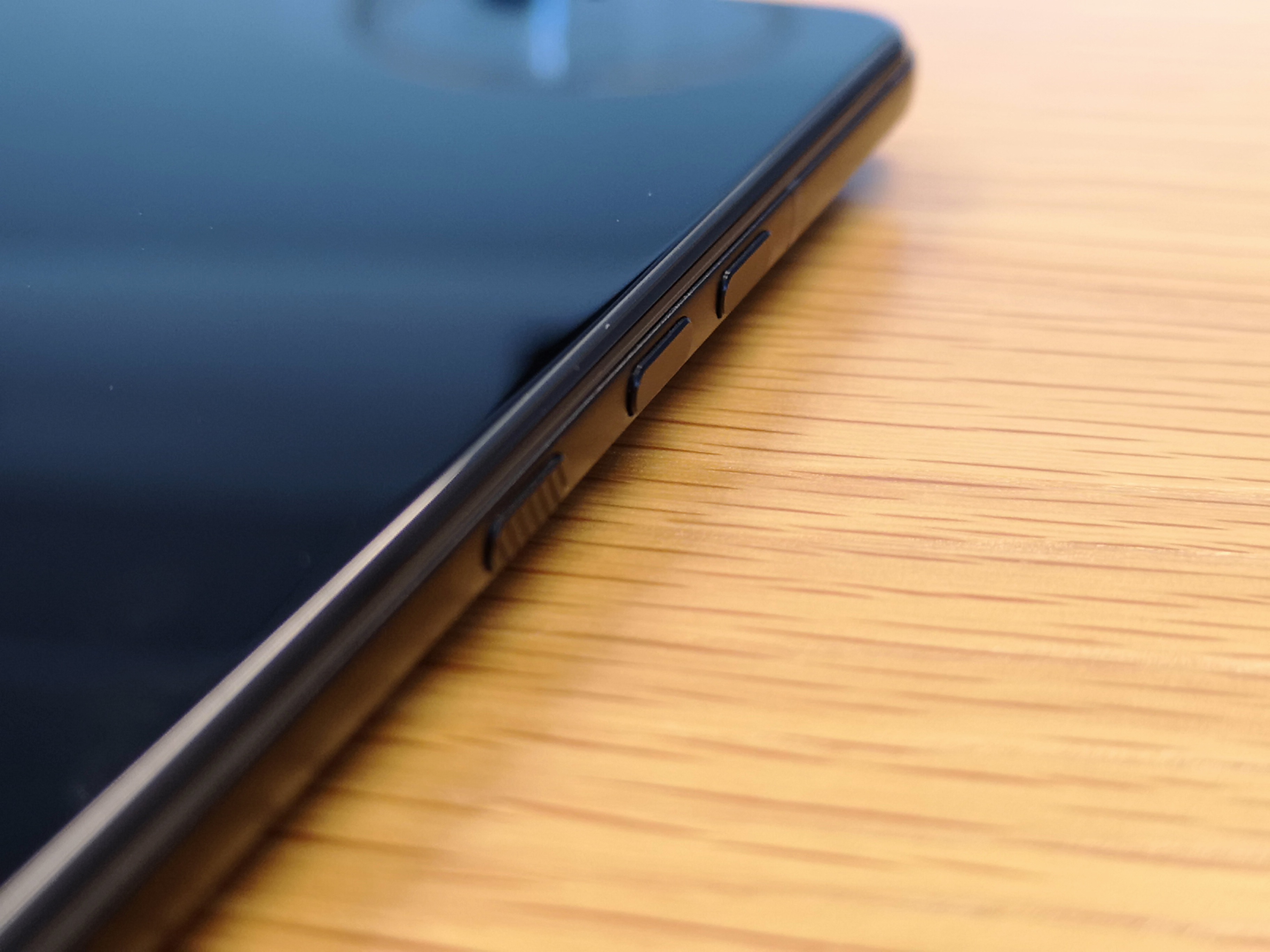
Of course, this is all on the back and sides of the phone. On the front, we’ve got an 6-inch 18:9 notchless display with small top/bottom bezels. The 18:9 aspect ratio follows the almost-standard trend of Android phones in the last year that has seen phones become more comfortable in the hand at larger screen sizes due to the narrower body it affords. HTC’s come up with a new method for forming the glass on the front of the phone as well, allowing them to cut down the side bezels without creating a sharp edge – it’s called “cold polishing” and sees the front glass of the phone go through 10 rounds of crafting and polishing to get the shape they want.
The end result is a U12+ that looks the part as a member of HTC’s product lineup, while still moving forward to deliver the features and design we expect on a phone in 2018.
All the Cameras
HTC’s loaded the U12+ up with four cameras – two each on the front and back. The rear sensor setup consists of 16MP + 12MP with OIS and EIS. It can of course accomplish all the bokeh and depth mapping effects you’d like so you can bring your subjects into sharp focus, and it delivers 2x optical zoom with a tap of a button in the refeshed camera UI.
There’s also enhancements to HDR Boost, one of the U11’s best camera features. HDR Boost 2, as it’s now known, brings better results for HDR photography in daylight as well as darkness. The company says it provides a detail boost and better overall exposure at any time of the day.
The U12+ front sensor array sees dual 8MP front cameras that allow real-time bokeh effects on your selfies, and it’s also used to do facial recognition for the company’s new Face Unlock feature.

On the video front, HTC’s enhanced last year’s Sonic Zoom feature – which used the phone’s 360-degree microphone array to amplify audio from whatever you zoom in on – to allow you to focus on or boost the audio for a subject without having to zoom in on them. This should help if you’re filming subjects in discussion, or trying to find audio in a noisy environment. The camera can also zoom in on a subject over time for a more motion-picture-like video, for example as they move through your field of view.
In the U11, HTC delivered a class-leading camera that topped the DxOMark leaderboard, and they’ve done it again this year with an impressive
The U11 delivered stunning images, and the U12+ has the pedigree to enable it to do so as well – we can’t wait to take it out for a spin.
Louder BoomSound and U Sonic Audio
HTC’s BoomSound technology has been one of our favourite developments from the company over the last few years, despite a few revisions here and there to its definition and feature set. In the U12+, HTC hasn’t changed BoomSound technology significantly (in that it still keeps a distinct woofer and tweeter), but it’s developed the feature such that its now 60% louder than last year’s U11.
HTC’s U Sonic audio technology also makes a return in the U12+, which HTC’s noise-cancelling USB-C earphones again supplied in the box. U Sonic can still calibrate its audio profile for your ears as well.
It’s no secret that the U11 was well received at Ausdroid HQ. The premium materials, bleeding edge specs, amazing battery life and stunning camera performance delivered one of 2017’s best handsets, so we’ve got our fingers crossed that HTC can pull off a winner two years on the trot.
Of course, building a great handset is only part of HTCs job – they’ve also got to deliver it to market and get it in people’s hands. To that end, we don’t have local launch information yet but we’re expecting pricing and availability to emerge in the coming weeks.
Suffice to say, we think the U12+ is going to be one to watch in 2018.


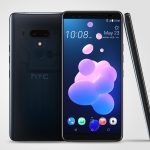
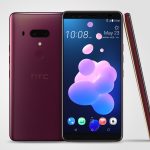
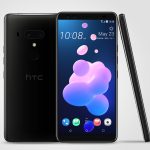



Where can I buy the HTC U12+PLUS 128GB in Sydney?
The phone is unfortunately not available at any retailers, you’d have to grab one from the HTC Australia online store. You can see their store here https://www.htc.com/au/smartphones/htc-u12-plus/buy/
Where can I buy the HTC U12+PLUS 128GB in Sydney?
I think I read somewhere the screen is LCD? Bummer if so, that probably knocks it off my list of potential next mobiles, whereas it would likely be top if it was OLED.
HTC use some of the best LCD screens in the market. The display supports DCI-P3 and sRGB colour spaces and HDR 10. The colour accuracy will kill any OLED display.
HTC is the worst smartphone manufacturers in China.
Not true, I think the worst would be Oppo (for software). I’ve had HTC devices and I’ve never had any issues (HTC Desire HD, One M7, One M8, Butterfly S).
Controversial statement – they’re from Taiwan. Calling them Chinese is a big call!
Taiwan is part of China, which is common sense 🙂
No it is not.
You are just spewing Chinese Communist Party propaganda.
Does 6gb of RAM give any advantages besides having lots of apps open and still active?
Smoother gaming also
What mobile games need that much RAM? I’ve never come across them, but then I’m not much of a mobile gamer.
No game needs that much ram, it just makes things smoother. Probably only useful for the PUBG style games.
Please tell me this is coming to Telstra in the Translucent blue, I need to have this!
hopefully it can launch in Telstra….
Brilliant write up Jason.